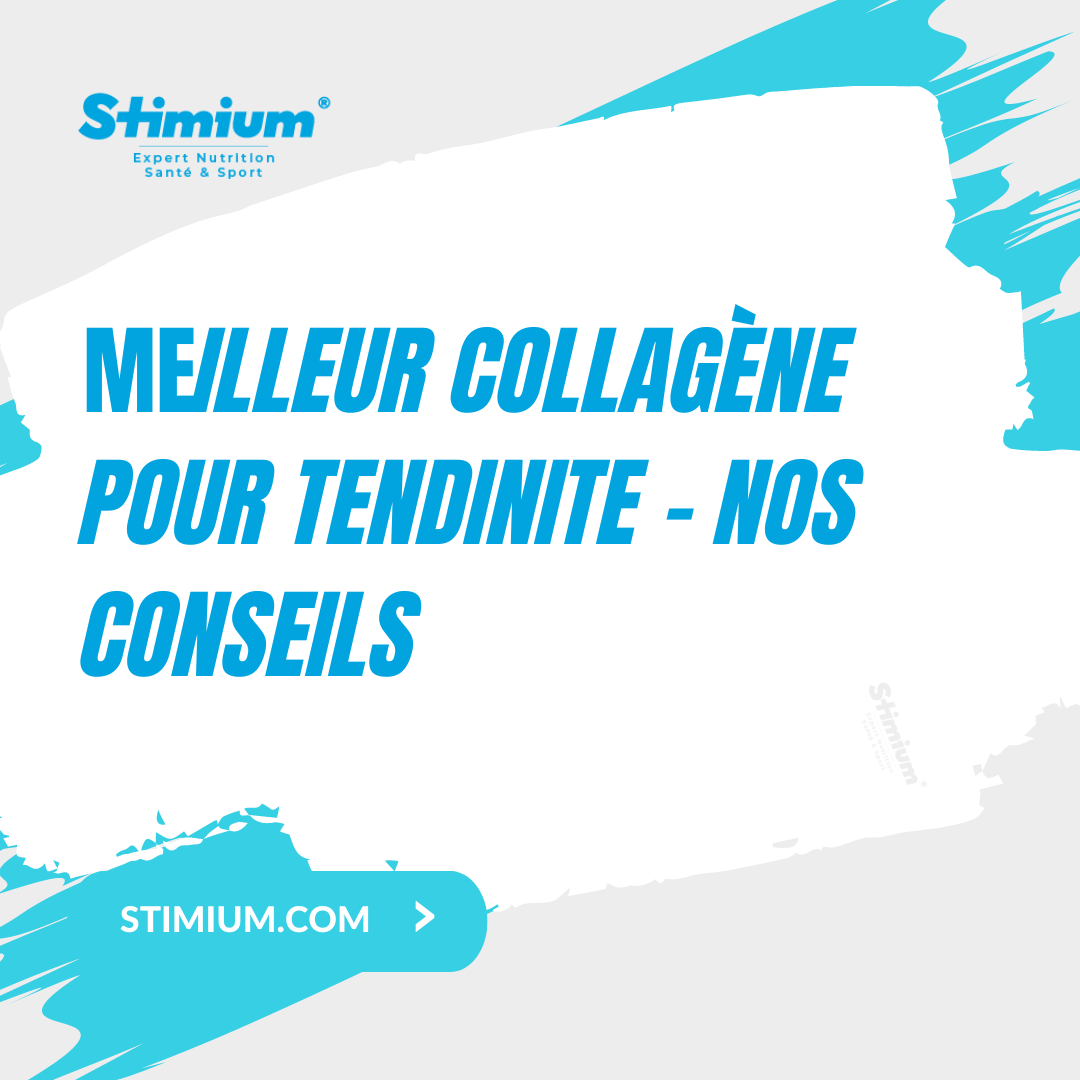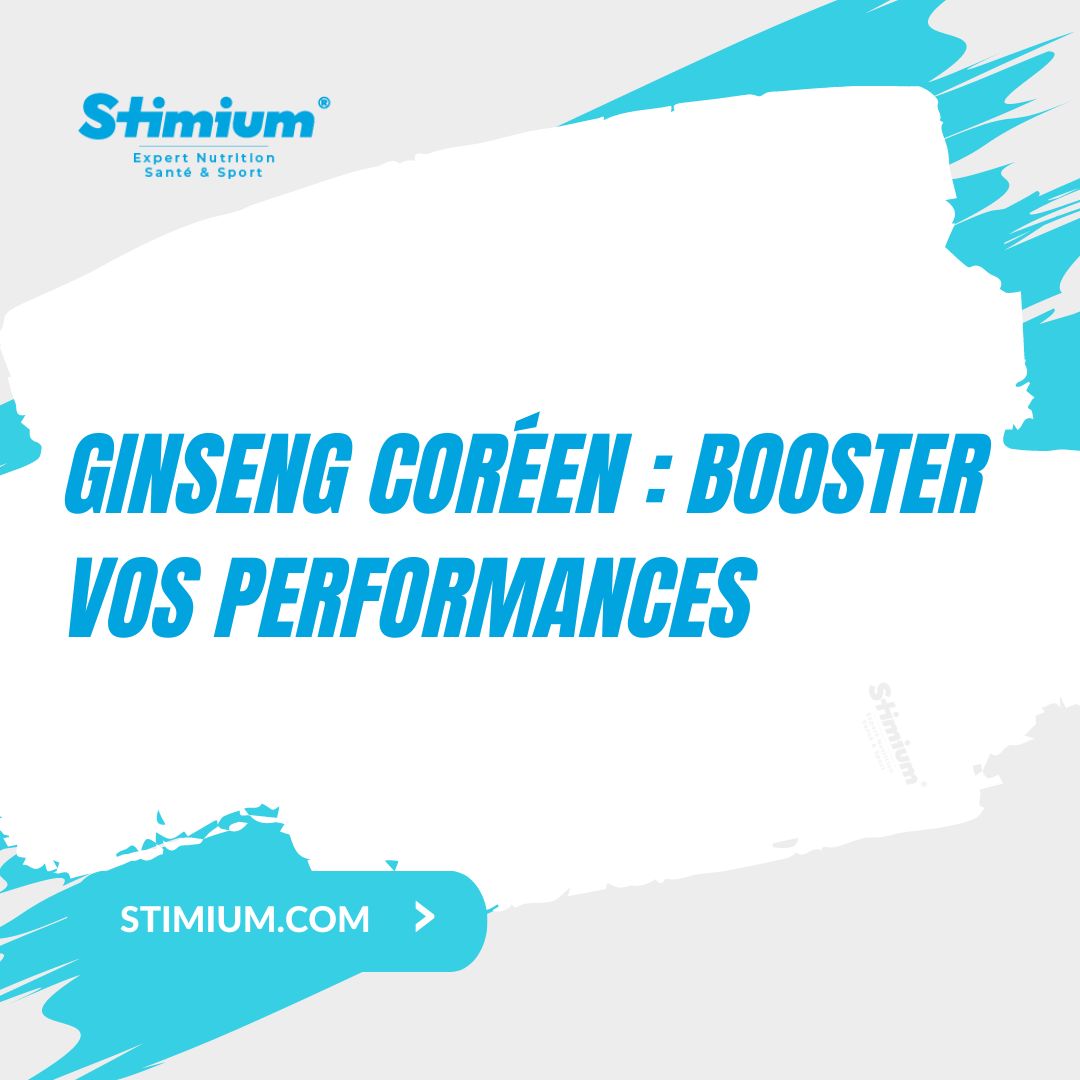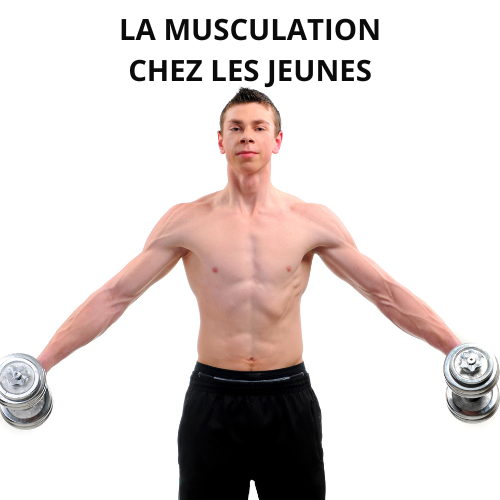Squats in bodybuilding
Squats in bodybuilding are an exercise that consists of bending the knees and hips while keeping the back straight and maintaining the weight on the heels. Squats primarily work the leg muscles, but they also work the glutes, abs, back and shoulders. There are several variations of squats, including:
Bodyweight squats: performed without any additional equipment, just using your own body weight.
Barbell squats: Performed using a barbell loaded with weight on the shoulders.
Dumbbell squats: performed using dumbbells held in the hands.
Kettlebell squats: Performed using a kettlebell held in both hands.
Bodybuilding squats are a super versatile and functional exercise that can help improve leg muscle strength and endurance, as well as posture and balance. They are often used in bodybuilding programs to improve athletic performance, strength, power and explosiveness, it is the classic exercise for example in team sports or for swimmers. The squat, or crouching in French, or even bending over legs, is considered by many athletes and trainers as the best bodybuilding exercise for the lower limbs. Certainly, the squat is very popular in training rooms, but is it really the best exercise for the legs? What are the characteristics of the squat that make it so interesting? What are the key technical points to master its execution? Lots of questions for a single exercise, but worth looking into.
The most common form of the squat
There are several variations of the squat, but its most common form is the squat with a barbell supported on the back. Here are some key points regarding starting position and movement technique for this exercise.
Starting position
For greater safety, the exercise is carried out inside a training cage where it is possible to position protective bars allowing the load to be placed if the athlete is unable to lift it. The bar is positioned on the trapezius and not on the cervical vertebrae (neck). It is possible to use a protective cushion surrounding the bar if it causes discomfort. The body is straight. The knees are barely bent. The feet on the ground are positioned a little wider than the width of the pelvis and are oriented slightly outwards. It is preferable for those wishing to lift heavy loads to place their feet a little wider than their shoulders.
Movement technique
From the start of the descent, bend simultaneously at the hips, knees and ankles. The weight of the body and the load is distributed between the middle of the feet and the heels. Shifting weight to the front of the foot is a technical execution error that can even cause the heels to lift, increasing pressure on the knee joint, increasing the risk of injury. The head remains straight and the gaze fixed forward throughout the movement. The recommended range of motion is a 90 degree angle at the knees. We can also reach a point where the thighs are parallel to the ground. It is also possible for experienced athletes to reach a point where the pelvis is lower than the knees. The knees should remain in line with the feet and should not extend too far beyond the toes. Be careful that your knees are not facing inwards. The natural “S” shaped curves of the spine should be maintained throughout the movement. The action frequently used to describe movement is that of sitting on a bench.
The squat, a global exercise
The squat is a multi-joint exercise because it involves multiple joints such as the ankles, knees and hips. It is therefore a global exercise, because it uses several muscles. If you feel some pain from time to time or for prevention, it may be useful to consider Stimium GABA , which lowers muscle tension by reducing muscle spasms (muscle relaxant neurotransmitter) while also having an action on the production of growth hormones. In the event that you might feel some joint, muscular or tendon stiffness, Stimium® Joint Flex or Kolaflex , marine collagen powder with magnesium and vitamin C, as a treatment to relieve problems, can also be a relevant solution.
Here is the list of muscles or muscle groups that are used the most during the squat.
Primary or agonist muscles
- Quadriceps
- Hamstrings
- Gluteus maximus
Secondary or synergistic muscles
- Trunk extensors at the lumbar portion (lower back)
- Hip adductors (depending on the width of the base of support and the opening of the feet on the ground)
- Gluteus medius and minimus (posterior portions)
- Triceps surae (calves)
Stabilizing muscles
- Abdominals
- Hip adductors
- Middle and small glutes
- Shoulder girdle muscles (deltoids, rotator cuffs, trapezius, etc.)
- Deep lower back muscles
With our busy schedules, bodybuilding squats are probably the easiest exercise to do even at home and the most complete in terms of the time spent and the benefits gained.
When performing bodybuilding squat exercises, your body needs adequate nutrition to support your workout and facilitate muscle recovery after exercise. Here are some key things to consider for your nutrition during squat exercises:
Hydration: Make sure you drink enough water before, during and after your squat workout. Dehydration can affect your performance and recovery. Drinking water or an exercise drink will be absolutely necessary to provide all the necessary nutrients during and after exercises.
Carbohydrates: Carbohydrates provide energy to your body during the squat exercise. It is recommended to consume complex carbohydrates such as whole grains, pasta, rice, or sweet potatoes before training to have a lasting energy supply. You should also not overload the body with carbohydrates, exercise gums are then the best alternative with a maltodextrin base allowing you to choose the best time to take and consume.
Protein: Protein helps repair and build muscle after exercise. It is recommended to consume lean proteins such as egg whites, fish, poultry or tofu after squat training to support muscle recovery. Stimium offers a complete range of proteins according to individual needs, including bars for ease.
Fats: Healthy fats such as nuts, seeds, olive oil, avocados or oily fish provide energy and help support cardiovascular health, especially with the consumption of omega 3 .
The squat, a functional exercise
The squat is a functional exercise, because it partially reproduces both everyday actions and sporting movements. The former include climbing stairs, sitting in a chair or in a car, bending your knees when lifting a heavy object or a child, etc. Squats in bodybuilding are therefore interesting for the more or less young athlete, but also for the non-athlete, and particularly among older people, to maintain good muscular dynamism without being a fan of weight training or kilometers.
In the sporting field, the squat partly reproduces any form of jump, the pedal stroke in cycling, the leaning position in alpine skiing, the push in skating or cross-country skiing, several movements in judo, etc. This particularity of the squat alone justifies its use in training for the majority of individuals.
The squat, whatever the objective
Whether for increasing strength, power, endurance or muscle mass, the squat is an excellent exercise choice. Simply adapt the load, the number of repetitions or even the speed of execution according to the objective. When you want to increase calorie expenditure, the squat is ideal, because it uses many muscles like aerobic exercises. It is even possible to improve balance and coordination by performing some of its many variations. It will obviously always be possible to make bodybuilding squats a major exercise in your training that is a little more “professional”, by further optimizing this exercise by taking appropriate nutrition. We would then recommend the Stimium Range which offers numerous options for muscle strengthening such as a pre-exercise product with Stimium® PreWorkOut Max to prepare the organism for muscle strengthening loads and in particular squats, Stimium® [C] Whey , Stimium® Iso Hwy or Stimium® VegPro concentrated, isolated or vegan proteins, to maintain a good protein intake for fiber during trails and Stimium BCAA Instant , to help muscle development, for running
Using a balance board or adding an additional movement, such as the overhead press, allows training of these muscle qualities.
Variations of the squat
It is possible to perform several variations of the squat using different equipment such as a machine, dumbbells, kettlebells, elastics, chains, an exercise ball, a BOSU® (half exercise ball), cushions or a balance board. You can also modify the support position of the bar, the type of support on the ground (vary the distance between the feet or stand on one foot), the amplitude and the technique of movement, or combine one or more the other of these variations. Since the latter are almost innumerable, they make it possible to adapt the exercise according to the objectives and abilities of the athletes. We will focus our attention on some of these variants.
Front squat
During this exercise, the bar is positioned on the shoulders in front of the body. It is possible to cross your arms or not, pointing your elbows forward. Because the load is in front of the body, the trunk cannot flex as much as in a regular squat . This decrease in the degree of trunk flexion is compensated by an increase in flexion at the ankles, projecting the knees a little further forward. Contrary to popular belief, studies have shown that the contribution of the muscles used during the front and back squats is essentially identical. It should be noted that when performing this variation, the load position may be uncomfortable.
Squat with ball on the wall ( wall squat )
During this exercise, the ball is positioned against your lower back. During execution, the trunk can remain straight throughout the movement. Dumbbells can be used to increase the load. The straight trunk position accentuates the work of the quadriceps and reduces that of the gluteus maximus, hamstrings and trunk extensors. The exercise is perfectly suited to those who suffer from back pain.
One leg squat
When the squat is performed on a single supporting foot, maintaining balance is more difficult. The muscles that stabilize the ankle, knee and hip are used more to maintain balance and maintain proper alignment of the trained leg. In addition, when the bar resting on the back causes discomfort, this variation is ideal. However, given the instability it causes, it is not the best for promoting an increase in maximum strength and mass of the muscles involved.
The disadvantages of squatting
The main disadvantage of the squat is the position of the load. By creating a downward force, the load can compress different structures in the back. For example, if the sciatic nerve is damaged, the load can cause compression of this nerve and accentuate the pain. In addition, as the trunk is flexed forward during descent, the work of the lower back and abdominal muscles is increased, so as to stabilize the trunk. The risk of lower back injuries, such as a pulled muscle or a lumbar sprain, increases if the work required of the muscles that stabilize the trunk is not adequate. Therefore, beginner athletes, relatively old, already injured, or with a history of back or knee injuries should perform it with light loads or favor one of its variants, which will expose them less to injury.
During the execution of the squat, some athletes tend to transfer the weight of the body to the toes. This error, which increases the risk of knee injuries, can be due to a lack of coordination, but also to a lack of flexibility of the calf muscles or a lack of mobility of the ankle. In this case, it is recommended to perform exercises that will increase the flexibility of these muscles or the mobility of this joint. In the shorter term, it is possible during execution to reduce the degree of flexion at the knees or to slightly raise the heels using a thin board, which increases extension at the ankles. As the squat is a multi-joint exercise, it requires technical coordination that some will take time to master. In this case it is essential that the exercise is performed with a light load until the movement is well controlled. For those who have balance problems, it is possible to perform the exercise without weight by leaning with one or both hands on a wall or a stable object.
Despite all the advantages that a general exercise like the squat can have, strength training should ideally include a set of exercises requiring different muscles and different portions of them, while varying the type of resistance as well as the angles and ranges of movement. For example, the squat may not improve the strength of the hip flexors and calf muscles as much as other, more focused exercises.
In conclusion, the squat cannot hold the title of best exercise. Moreover, no exercise can have this status. However, it has several qualities: it is a global, functional exercise and has countless variations. Thus, it is a sensible choice for the majority of athletes who wish to achieve different goals. A single bodybuilding exercise is insufficient to achieve the objectives we have set; we must instead vary the muscle groups used, the type of resistance as well as the angles and ranges of movement. A few squats in the morning or evening before going to bed, in addition to some flexibility exercises (yoga) or strengthening exercises (pilates) will quickly help you gain abdominal strength and muscle structure.






